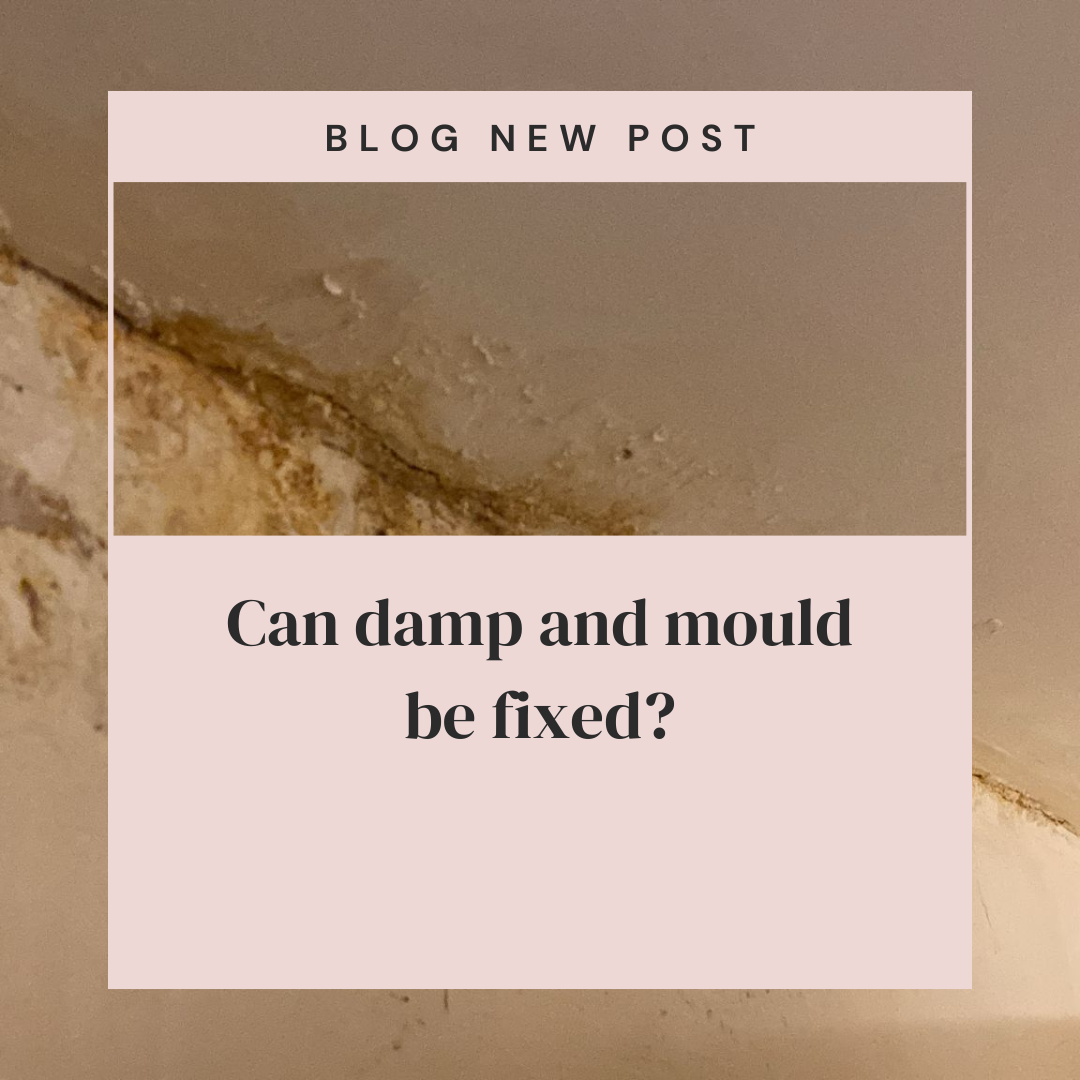Can damp and mould be fixed?
Introduction:
Can damp and mould be fixed? Dampness and resulting black mould outbreaks frustrate countless tenants. The unpleasant musty smell and risk of fungus triggering health issues makes the problem seem insurmountable. However, while challenging to fully prevent long-term, understanding modern solutions to properly treat and control household damp can help affected residents regain safe, stable conditions.
Tackling Root Causes Mould fundamentally stems from excess moisture, so experts tackling infiltration sources provides the bottom line fix. Common culprits include:
- Lack of insulation enabling condensation formation on cold surfaces
- External ground moisture rising through walls due to missing damp proof courses
- Leaking pipes, waster overflows or rain seepage from damage allowing water to penetrate internally
- HVAC system faults increasing humidity
- Bathroom/kitchen extractions failures
Correcting defects through installing insulation, sealing outside leaks, and upgrading ventilation systems provides the fundamental fix to then keep mould away long-term through proactive upkeep.
Mould Treatment and Prevention To manage existing mould fully, combine thorough cleaning using fungicidal chemical washes with follow-up redecoration to seal-in treatments under new low-permeability paint. This prevents fresh spore release and regrowth.
Ongoing prevention involves tenants wiping down moisture prone areas weekly and immediately reporting larger build-ups, while landlords respect repair duties to strengthen protections against excess dampness sources. Small daily tenant ventilation efforts combine with appropriate landlord housing quality maintenance to minimize risks.
Seeking Property Assessments If the root moisture sources prove complex, professional damp & timber surveys using moisture meters, endoscope cameras and leak detection dye tests help landlords understand necessary permanent works. Costly but occasionally essential last fixes involve installing interior waterproof membranes or even underpinning foundations.
Conclusion While challenging, addressing core dampness and mould reasons through condition surveys, repairs and spore release prevention provides lasting solutions. Persistence in boosted tenant communication alongside modern landlord housing standards delivers necessary change.
Important links
Housing Disrepair Advice: https://housingdisrepairadvice.org/contact
Housing Ombudsman: https://www.housing-ombudsman.org.uk/
